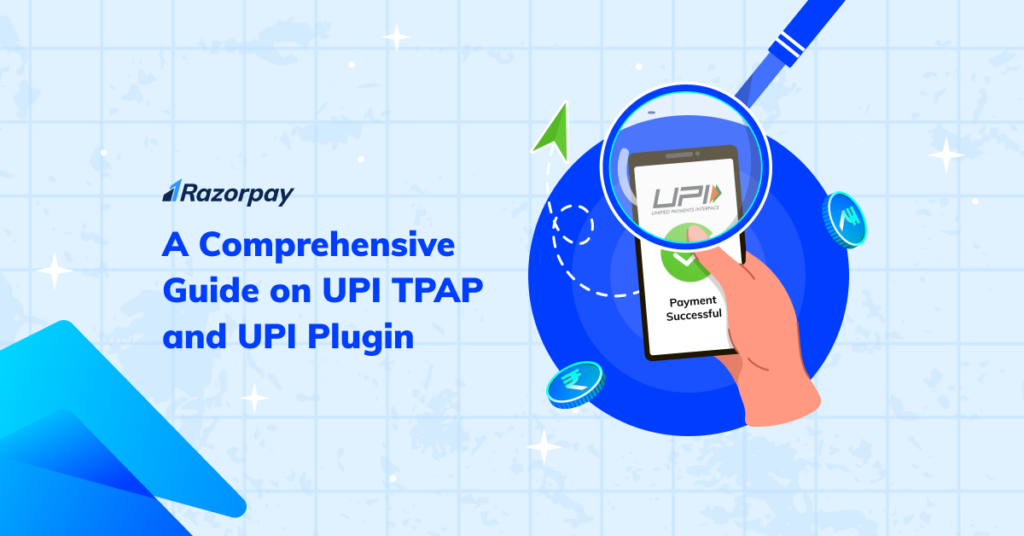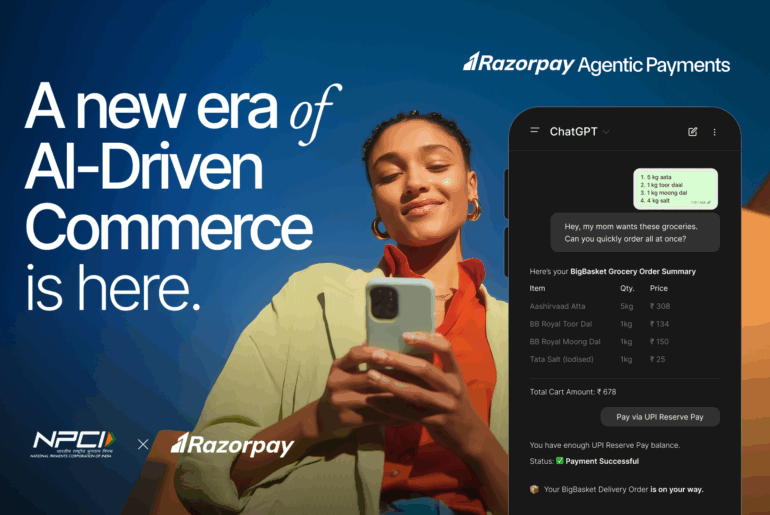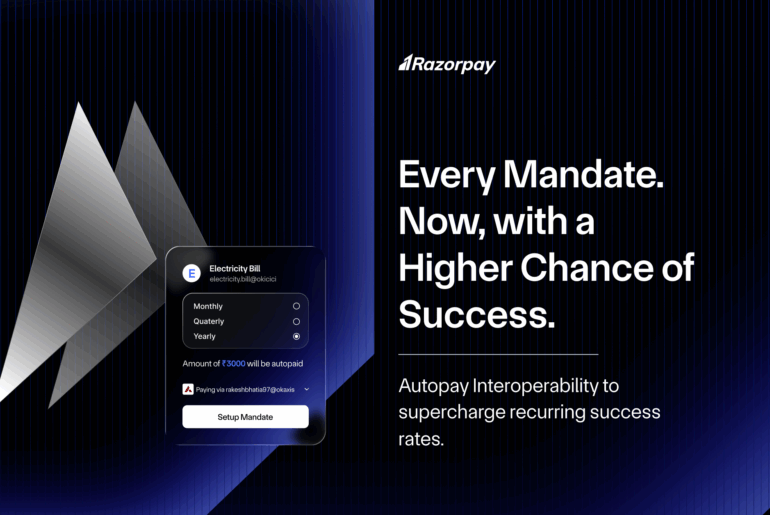If you live in India, chances are that the UPI payment experience has become second nature to you, whether you’re settling an electricity bill online or swiftly making a payment at the local kirana store through popular apps like GPay, PhonePe, or PayTM.
A few years ago, you may never have imagined in-app payments via UPI. Perhaps, even today you haven’t experienced this reality, yet. But at some point, businesses began to question – could they provide a seamless experience equivalent to that of a UPI app?
With the unboxing of this technology, NPCI has made this possible through two ways. Businesses can choose to go full-scope & become the equivalent of a UPI App, also called TPAP (Third-Party Application). Or, they can choose the UPI Plugin to simply unlock a seamless in-app payments experience. As a business, which route should you take? Let’s take a closer look.
The Evolution of the UPI App
When UPI was launched, it was built as a platform to facilitate person-to-person (P2P) transactions, enabling consumers to transfer funds directly to one another without the long processes that money transfers via netbanking usually took. However, UPI’s versatility and ease of use quickly propelled it to become a method conducive to peer-to-merchant (P2M) transactions as well.
To facilitate these transactions, the National Payments Corporation of India (NPCI) initially relied on intermediary UPI apps like GPay and PhonePe. As P2M transactions on UPI surged, these apps grew to process a bulk of India’s UPI payments, which led to businesses becoming dependent on them.
To democratise payments processing, NPCI introduced the rails to enable large consumer apps to become UPI apps or TPAPs. This initiative aimed to empower businesses to control the user experience within their own apps and reduce their reliance on intermediary apps or third-party apps.
Many forward-thinking businesses seized this opportunity, certifying their apps as TPAPs to process UPI volumes. However, their motivations varied; some aimed to enhance end-user experiences and regain control of their checkouts, while others aspired to enter the payments sector, becoming fintech entities wielding influence over UPI volumes.
Becoming a TPAP proved to be a challenging feat, involving navigating through intricate regulations and incurring associated costs. This posed a significant hurdle, particularly for merchants not aspiring to transform into fintech or payment companies.
Even today, this remains the reality. So, what of those businesses whose aim is not to enter the UPI payments processing ecosystem, but to regain control of their checkout experience? Well, that’s where the UPI Plugin technology comes in.
Introducing the UPI Plugin
The UPI Plugin is a significant improvement over the traditional TPAP model. By giving business the ability to become a UPI app, without the challenges in integration & investment, the UPI Plugin promises to democratise UPI volumes like never before. Razorpay’s offering – Turbo UPI is built atop the plugin innovation & live with merchants such as Starquik & Fampay.
Turbo UPI transforms the payment process, providing a 5x faster and streamlined experience without redirecting to external apps. This innovative solution reduces the previous 5-step payment process into a seamless single step, significantly reducing customer drop-offs for more efficient and user-friendly transactions.
TPAP Vs Turbo UPI
| Tenets of differentiation | Turbo UPI | TPAP |
| Target Merchant Vision | Merchants looking to provide a seamless experience on UPI, gain control of checkout. | Merchants with greater ambitions of entering the payments space & control end to end money movement in the P2P & P2M space |
| Time to Market | No certification required!
1-2 Weeks Integration Time |
Development & Integration Effort: 3-4 months Certification Effort: 1.5 months |
| Continuous Maintenance | Razorpay to take ownership of all new developments on Turbo UPI. Minor efforts from merchants required in the form of SDK updates.
No certification required |
Continuous development needed to comply with all the circulars of NPCI.
Yearly certification renewal is required. |
| Customer Experience | Merchants can leverage existing bank user VPAs | Merchants will be able to create their own customised VPA handle. Onus of driving end-user adoption is on the merchant. |
| Total Cost of Ownership | Significantly more affordable than a TPAP solution | ~4X higher, as it requires implementation of all UPI functionalities, circulars to go live, continuous development & maintenance. |
Does enabling Turbo UPI make the merchant a TPAP?
According to OC 154 Circular, the merchant’s in-app experience is contingent on the bank’s TPAP certification. This means that as a merchant you don’t have to engage in any upgrades or certification processes yourself. The bank app, on the other hand, must be certified from end-to-end.
All in all, while going live on the TPAP model is no easy feat, for businesses who aim to be in the world of payments & control P2P & P2M money movement, becoming a TPAP might be the perfect fit due to the extent of control a merchant has over the entire UPI payments processing flows.
If you’re looking to explore either of these models, get in touch with us and we’d be happy to schedule a demo!



